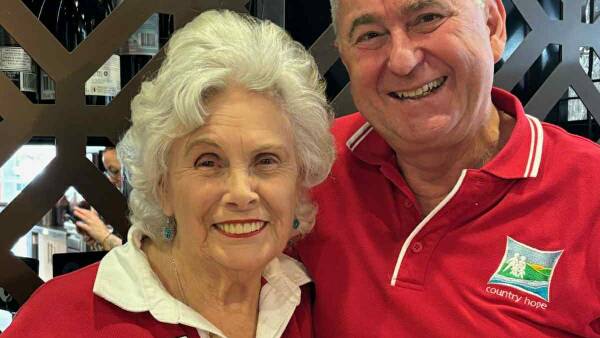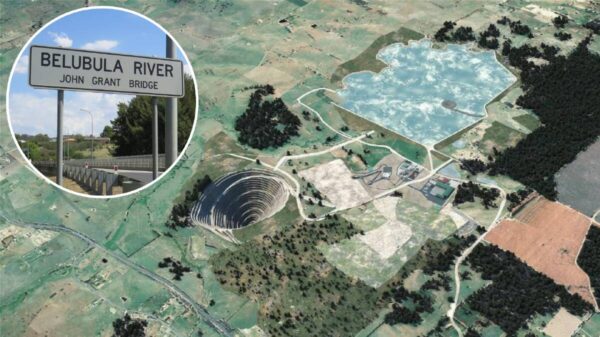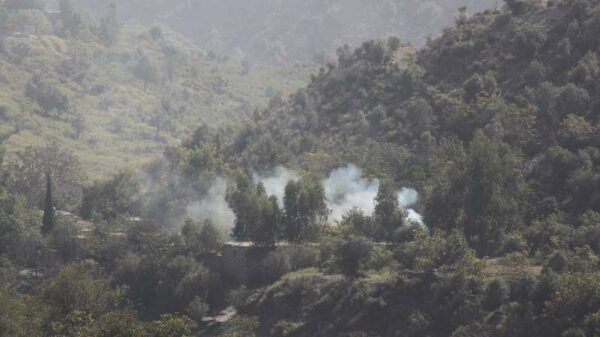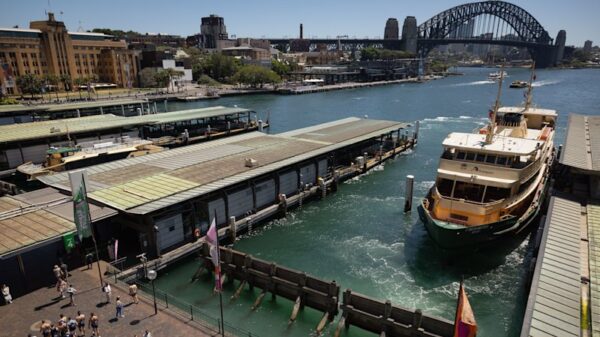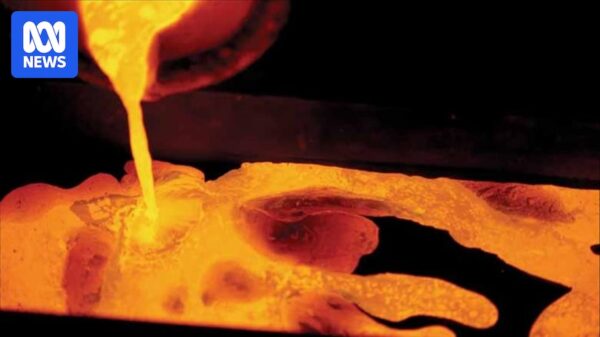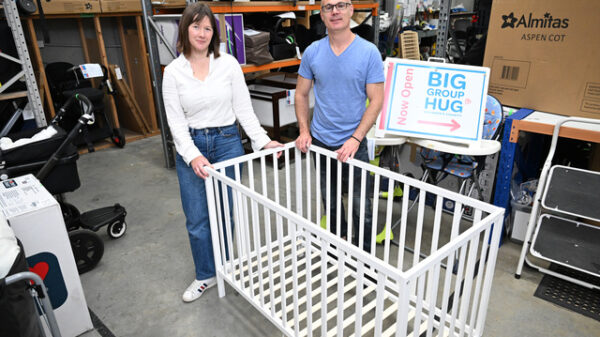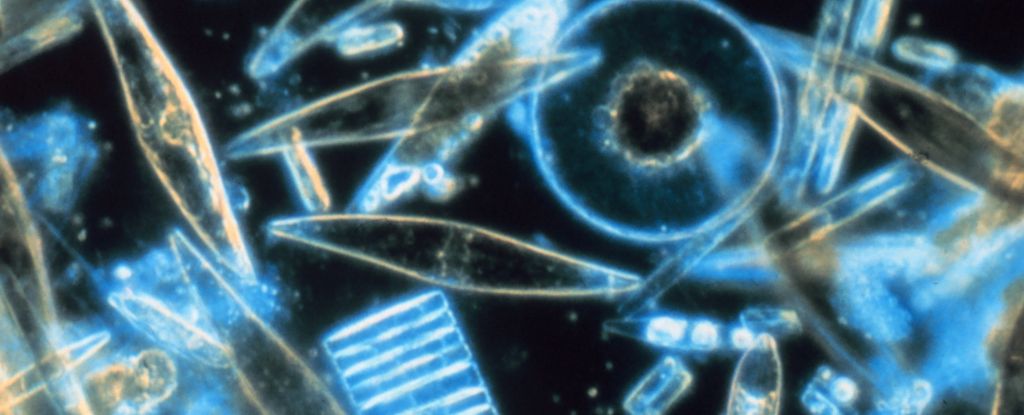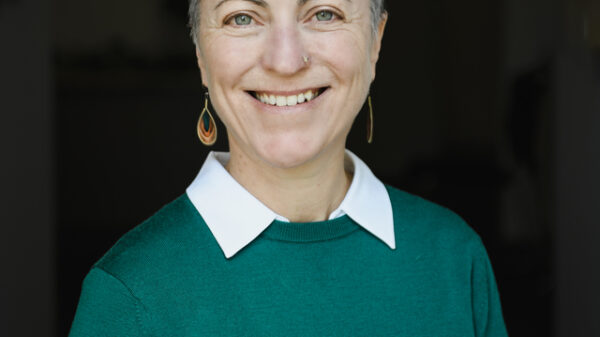A vibrant patch of turquoise water in the Southern Ocean has puzzled scientists for decades. Initially observed in satellite images in the early 2000s, this striking phenomenon has now been explained by oceanographers, revealing a complex ecosystem of microorganisms that reshapes our understanding of carbon absorption in these frigid waters.
Recent research indicates that the turquoise area may be linked to the **great calcite belt**, a region to the north identified about 20 years ago. The belt is teeming with billions of **coccolithophores**, tiny organisms known for their unique calcite scales, or coccoliths. These microorganisms play a significant role in the global carbon cycle, concentrating approximately **30 million tonnes** of carbon annually. Their reflective scales enhance ocean brightness, which satellite oceanographers use to estimate calcite concentrations.
Despite the apparent abundance of coccolithophores in the great calcite belt, the turquoise waters to the south raised questions. Typically, these microorganisms are not expected to thrive in the cold conditions found in the Southern Ocean. Previous research suggested that other factors, such as loose ice or algal blooms, might contribute to the observed brightness.
To investigate further, oceanographer **Barney Balch** and his team embarked on an expedition aboard the research vessel **Roger Revelle**. They traveled from **Hawaii** toward the South Pole, passing through the great calcite belt during the Southern Hemisphere summer when it was in full bloom. Balch noted, “Satellites only see the top several meters of the ocean, but we were able to drill down with multiple measurements at multiple depths.” This comprehensive approach yielded valuable insights into the ocean’s composition.
The team measured various factors, including ocean color, calcification rates, and the concentrations of inorganic carbon and silica—two critical indicators of coccolithophores and their competitors, diatoms. Both groups of plankton occupy similar ecological niches, sequestering carbon and sustaining marine food chains.
Historically, researchers believed that coccolithophores dominated the waters within the great calcite belt, while diatoms were confined to areas south of the polar front. The findings from Balch’s team challenge this assumption. They discovered that moderate concentrations of coccolithophores and detached coccoliths were present as far south as **60°S**. However, the coccoliths alone could not account for the brightness observed in satellite imagery.
Further analysis revealed that the dense populations of diatoms in these waters, with their glassy, reflective structures, were responsible for the optical effects previously attributed to coccolithophores. Balch and his colleagues concluded, “Our results suggest that these highly reflective polar waters result from scattering by diatom frustules, not coccolithophores, and have been misidentified as particulate inorganic carbon in satellite measurements.”
These findings have implications for how scientists interpret satellite data on particulate organic carbon in polar regions. Balch stated, “We’re expanding our view of where coccolithophores live and finally beginning to understand the patterns we see in satellite images of this part of the ocean we rarely get to go to.”
The research was published in **Global Biogeochemical Cycles**, marking a significant step in oceanographic studies of the Southern Ocean. This study not only clarifies the ecological dynamics of the region but also emphasizes the importance of direct measurement and observation in advancing scientific knowledge.


